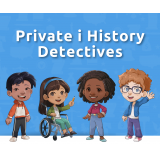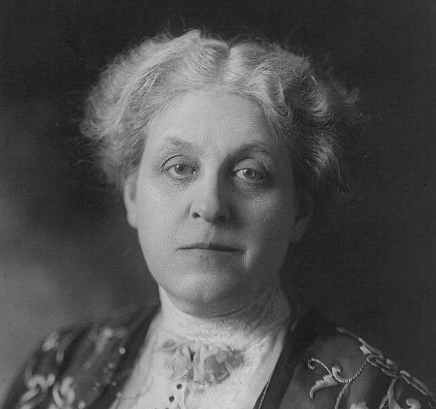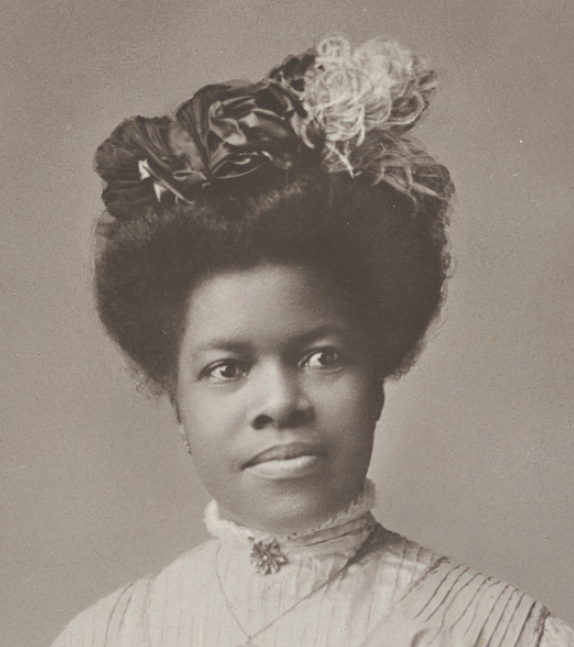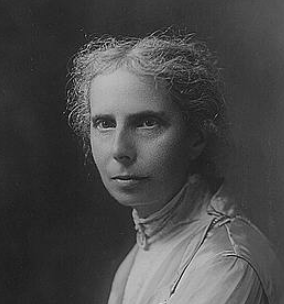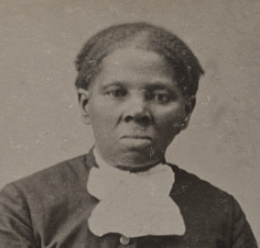Have you incorporated Private i History Detectives in your spring curriculum yet?
These free, whole-class, ready-to-go lessons will help you teach the fundamentals of history and civics to your K–5 learners. Trust us; these are the resources you've been looking for!
Private i History Detectives places young learners in the center of the action by challenging them to act as history detectives. Each unit asks students a “Big Question” such as “What does it mean to be a citizen?” and then guides them to use primary sources to form conclusions.
Reasons to love Private i History Detectives:
- Short and Standards Aligned: Lessons can be completed in 45 minutes or less and are aligned with state standards for all 50 states.
- Accessible and Adaptable: Student materials are adaptable, downloadable, and printable to meet the needs of your classroom.
- Teacher Led and Ready to Use: Each unit includes a slideshow with a brainstorm prompt, mystery question, vocabulary words, and lesson plans with clearly outlined key objectives.
Help your students put on their historian hats as they develop life-long inquiry skills and solve historical mysteries. Our whole-class inquiry-based curriculum, Private i History Detectives, expands critical thinking skills and builds content knowledge.
How Did Opposition to Laws Fuel the American Revolutionary War?
Students analyze primary sources, evaluate the points of view, and identify keywords to explore how the American colonies’ resistance to laws fueled the American Revolutionary War.
Discover this New Grade 3 Unit
How Did Laws, Courts, and People Impact Civil Rights in the Late 1800s?
Students use inquiry skills and primary source analysis to summarize main ideas, investigate how the courts were used to challenge unfair laws, and research how individuals and groups fought for civil rights throughout the 1800s.
Join Us for a Private i History Detectives Constitution event!
Did the delegates do what they were supposed to do at the Constitutional Convention?
No clue?!? No worries!
Come learn with us as we explore how to make the Constitution and civic engagement accessible to your young learners.
Explore Private i History Detectives, our inquiry-based curriculum for grades K–5, and discover ways to bring it into your classroom and inspire students.
Private i History Detectives is our first curriculum for elementary learners and we can’t wait to tell you all about it.
- Introduce your students to the components of these new inquiry-based lessons
- Engage your students as history detectives
- Gain access to fun, age-appropriate strategies and ready-made activities for teaching historical thinking, key historical events, civics, geography, citizenship, and more
- Share how this free resource helps young learners build content knowledge and critical thinking skills Let us help you start this school year strong, confident, and equipped to teach civics, social studies, and history in your classroom.
Speakers:
- Natacha Scott, Director of Educator Engagement, iCivics
- Kelley Brown, History's Mysteries Co-Creator, Private i Curriculum Writer, and Educator, Easthampton High School
- Laurie Risler, History’s Mysteries Co-Creator, Private i Curriculum Writer, and Instructor, Westfield State University
If you’re unable to attend the live event, go ahead and register. We will email you a recording of the webinar to watch at your convenience.
Free Webinar: Back to School with Private i History Detectives
August 22, 2023, 7:00–8:00 p.m. ET
Join Natacha Scott, iCivics’ Director of Educator Engagement, Kelley Brown, and Laurie Risler, the Private i History Detectives curriculum writers, to explore how this unique curriculum helps young learners build content knowledge and critical thinking skills.
During the webinar we’ll:
- Introduce you to the components of these new, free inquiry-based lessons
- Discuss how to use the curriculum to engage your students as history detectives
- Share fun, age-appropriate strategies and ready-made activities for teaching historical thinking, key historical events, civics, geography, citizenship, and more
We look forward to learning with you!
Wondering how our Private i History Detectives curriculum works? Bring the lessons to life and engage students with narration-enabled Google slide decks.
Each unit’s Narrated slide deck provides voice-over audio narration that brings lessons to life, engages students, and supports learning.
With this new feature, you can also better understand the lesson flow and gain insight into a lesson's historical context.
Greetings History's Mysteries TPS Group Members!
We wanted to take a moment to give the TPS Network members some news about important and exciting new changes for History’s Mysteries.
History's Mysteries has now become Private i History Detectives and has been unveiled on the iCivics website. If you missed our big announcement, you can read about it here.
Here is what you need to know about the change:
You can now access the new Private i History Detectives iCivics website for free, all you need to do is create an iCivics educator account. Check out the fancy new video introduction to Private i!
We encourage you to head over to the new website, but rest assured, you can continue to lean on the History’s Mysteries website if you’ve already planned your lessons. It will be available until June 2023. Also, Laurie and Kelley will continue to develop units for the new Private i curriculum.
When you visit Private i, you will see that we have a new Detective Team, some exciting new revisions, and mysteries that are more consistently timed to about 30-45 minutes in length! You will not yet see the new voice-over recordings, but they are coming soon! In the meantime, if you use the voice-overs, they are still available on the History's Mysteries site.
Looking for tips on starting inquiry with your history students? Consider introducing your students to historical inquiry by using one of our Introduction to Inquiry Mysteries that are found on each grade level page.
Take a moment to browse through our grade level pages as you plan your course of instruction. Don't forget to look at different grade levels as you might find something that works for your students as well.
As part of the transition to Private i History Detectives, there are two new units that were released in October and are now ONLY available on the iCivics Private i page.
5th Grade Curriculum: Constitutional Convention: How did the Constitution create compromise?
3rd/4th Grade Curriculum: Federalism: Why do we have some many governments?
These units are housed on the new iCivics site. We are so excited for you to use them.
As always, we are here and ready to help. We hope your school year has started off well and look forward to hearing about how History's Mysteries/Private i is working in your classroom.
If you are looking for PD on the new materials, let us know!
-Kelley and Laurie
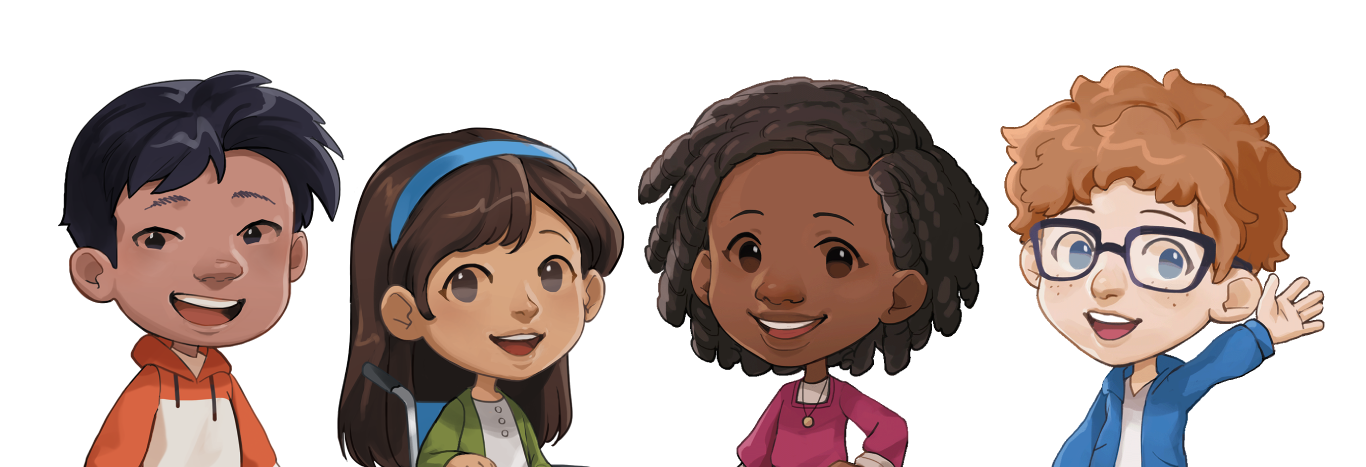
We are excited that our project has finally begun! This free professional development opportunity has been well received so far, and will surely provide an impactful and meaningful learning experience for educators and non-educators alike!
As project leader, I would love for you to share this opportunity with everyone you know in the Western Region. I welcome your thoughts and interest questions!

Teaching about refugee children during the war in Ukraine
Read this full blog on our History's Mysteries Site
As we all watch the crisis in Ukraine unfold, as teachers, we immediately think, “How do I help my students understand what is happening?” This is an incredibly important question and becomes even more difficult to answer when we consider how to teach about these scary times to young children. Talking about refugee children is a good way to start. Talking about the struggles and successes of refugee children across the world is a way to evoke empathy and kindness and bring forth discussions about fairness and the importance of volunteerism.
Currently, it is difficult to find videos and images specifically related to the Ukraine crisis that do not include violence and fear that might be inappropriate for younger learners. For this reason, we suggest starting with talking about refugee children from other crises.
Important Note: If you have refugee children in your own classroom, talk to their parents or guardians first before you start talking about refugees, so that the students are prepared for the lesson. The student or family might want to talk about their experience, but never assume that a student in your classroom is an expert on a topic just because they have experienced it. We always recommend reaching out to all parents, guardians, and/or families when you are teaching difficult topics. Families might have resources to share, ideas for civic projects, and connections to the topic themselves. They can also help students process these difficult topics.
Here are some ideas for teaching about refugee children:
1. Show and share stories of children who are refugees. The United Nations High Commissioner on Refugees (UNHCR) has created teaching resources that are very useful for helping students understand some of the struggles of young refugees. The resources also show how these young people have resettled and are adapting to their new lives. Using some of the resources from History’s Mysteries’ Grade 2 Unit on Migration, you could help students understand push and pull factors by using this Push and Pull Factors Sorting Activity. Then, in our mystery “Who is a refugee?” mystery we feature two young refugees from the Syria conflict, Rahf and Omar. The mystery includes two videos from the UNHCR collections. Their stories are accessible for young learners and highlight both struggles and successes in their journeys. In our mystery, students are asked to recognize push and pull factors using the sorting cards and then asked to recognize the strengths that each of the children bring to their new homes. Both children have resettled in Europe and are safe and finding ways to adjust to their new lives. I am sure that UNHCR and other organizations will soon be posting more resources for children related to Ukraine, but right now they are sparse. Students can begin to understand what it means to be a refugee by learning about these young children.
Teaching upper elementary grades or middle school? Take a look at the other Teaching About Refugees resources on the UNHCR page. They have grouped their video and classroom resources by age level. As always, preview the materials to make sure they fit for your classroom. Doctors without Borders also has some great educational resources for teaching about refugees geared toward older students. Unlike UNHCR, these are not divided by age, so you’ll need to review and adapt for your own classroom and age-group. They have 360° videos of refugee camps that are very interesting but need careful review.
2. Use a historical image from the Library of Congress to begin a conversation about refugee children.
We did a quick Advanced Google Search for refugees at the Library of Congress and the results included many images of children. You could have students look at an image like this one of refugee children. Using a quadrant analysis, students would notice that there is a tent in the back and develop some questions. You could then show them some additional images from the Library Collection so they could use inquiry to discover some of the struggles that refugees faced and continue to face.
3. Show students a map of Ukraine with the number of refugees fleeing to neighboring countries and to which countries the refugees are fleeing. This UNHCR map updates regularly and shows the number of refugees by different sized circles. There are many maps and many photographs of refugee centers in these countries. Careful selection of these maps combined with photographs can help students think about how the refugees are feeling and what they need. It can also help them understand the importance of volunteerism and community support. Students could then brainstorm the different things those countries would need to provide when welcoming refugees.
4. Carefully select an image or images of refugees from the Ukraine conflict to analyze with students. These two images show refugees arriving in Poland and shows how Polish people are organizing to help the Ukrainian refugees. You could use the “quartered image method” to have students look carefully at each quadrant for key details to understand what is going on. A recent image of Polish women leaving strollers for mothers crossing the border went viral. Students could consider why refugee women with children might not have been able to bring their own strollers and how this is an example of civic action.
5. Talk about the importance of volunteerism. This short video shows volunteers in Poland preparing to receive refugees. This is an important time for children to learn about the importance of civic virtue and giving back to your community and people who need help. Look for volunteer actions that are happening in your own community to help refugees fleeing Ukraine. You could invite a volunteer organization into the classroom to speak about what they are doing and why. You could also engage in a civic project with your students.
Look to various refugee stories, including those in your own community. Talk to refugees in your own community and invite them to talk to your students. Every community has an organization working to help refugees. Do a little searching and you will quickly find some connections. Ask those organizations if they need help. See if they are willing to connect you with community members that could connect with your classroom.
Teacher Resources for self-learning: Need resources to learn for yourself?
The UNHCR is the best place to start learning about the current refugee crisis.
The BBC usually does a nice job of covering background on current world issues. Their War in Ukraine page is up to date and includes good information for teachers to stay up on the issues.
Ukraine Social Studies/History 3 - 5 Pre K - 2 Current Events refugees
I recently taught the mystery I created this summer. It focused on point of view and how it effected the colonists' perception of the events of the Boston Massacre. I was very pleased with the interest level my students had for the activities in the mystery. It made me wish there was more time in the elementary schedule for history/civics instruction! They were shocked to learn that the intent behind Revere's engraving could have been to mislead others about the event - a very timely lesson in don't believe everything you see/hear/read! Pacing was my biggest challenge, with this mystery and the others I have used this year. I am sure some of the problem stems from my inexperience with the content and format. I am hoping to carve out some longer blocks of time to attack the next mystery I use so it can be more cohesive, less starting and stopping.
This fall I taught the mystery "What was life like for the Wampanoag before the arrival of Europeans?" that I developed using the History's Mysteries framework. This lesson was part of a 6-week unit. The objectives of the unit were for students to be able to explain the diversity of native tribes in and around Massachusetts, how the geography of the land affected peoples' lives, and to be able to identify contributions of a tribal group from the local area. In this lesson, students observed various artifacts, guessed what the artifacts were and how they were used and made claims using evidence from the photos and from what they have read about Wampanoag life before the arrival of Europeans. We started the unit by creating a "thinking map" (using post-it notes) where students first wrote out questions. Each day after reading, students would revisit the thinking map to see if they could answer any of the questions or make claims based on what they read or saw in the lessons. The History's Mysteries lesson resulted in many new claims and answers to many of their questions. At the end of the unit, students chose a final project to demonstrate their understanding of Wampanoag life before the arrival or Europeans, how Wampanoag life was influenced by their geography, and how the Wampanoag culture contributes to contemporary life. Adding in the History's Mysteries framework and lesson really helped me to deepen my teaching practice and helped students to think more like historians. I think that this lesson shifted our focus from just doing research to being problem solvers and truly thinking like historians.
Testimonials
- I love that there is new info on the site daily!
- I had a wonderful time working with the Library of Congress and learning about all of the resources at my fingertips!
- The TPS Teachers Network has an equal exchange of ideas. You know it's not a place where you're being judged.
- My colleagues post incredibly fine resources and ideas....the caliber of the suggestions and resources make me feel that I take a lot from it. It's a takeaway. And I hope that I can give back as much as I get.
- Going into this school year, I have a fantastic new resource for my own instruction and to share with my colleagues!
- I am very glad that I discovered the TPS Teachers Network through RQI. Great resources can be hard to find out there on the internet!

